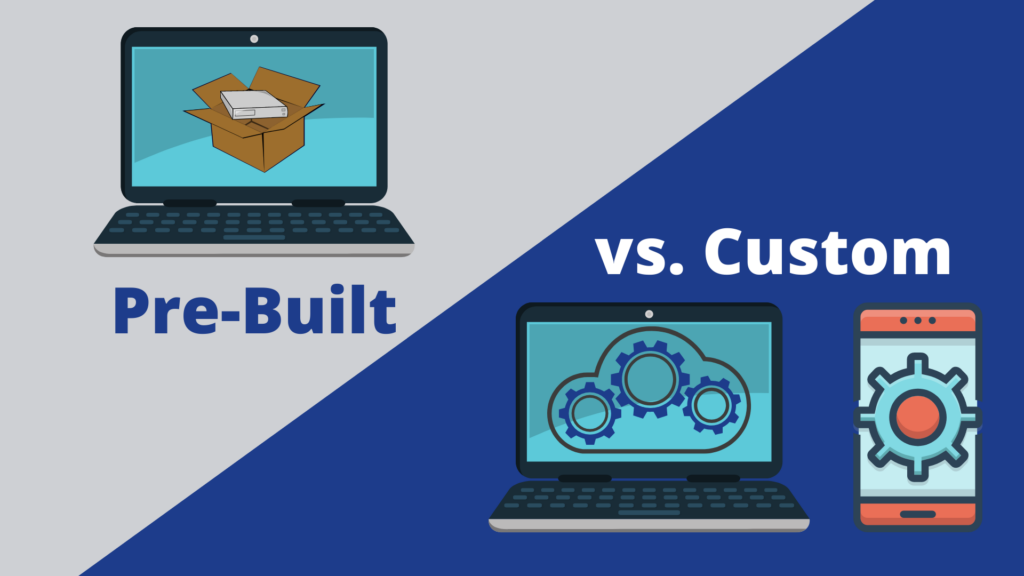The need for effective manufacturing construction supply chain integration is more critical than ever. Despite facing similar challenges, the manufacturing and construction industries often operate in silos. Bridging manufacturing construction gaps through strategic integration offers substantial opportunities for supply chain optimization, cost reduction, and enhanced competitive advantage.
The Disconnect Between Two Giants
Manufacturing and construction supply chains share fundamental principles but have evolved separately due to their distinct project structures. While manufacturing typically operates in controlled environments with predictable workflows, construction deals with unique project sites, varying specifications, and weather dependencies. This separation has created inefficiencies that modern automation can resolve.
The Digital Transformation
The convergence of these industries is happening through digital transformation. Cloud-based platforms now enable real-time visibility across both manufacturing facilities and construction sites. By implementing integrated solutions, companies gain unprecedented control over materials, labor allocation, and equipment utilization.
Implementing cross-industry digital solutions can reduce procurement costs by 15-20% while simultaneously improving on-time delivery performance.
Just-In-Time Principles Applied to Construction
Manufacturing has long benefited from Just-In-Time (JIT) methodologies. Today’s construction industry is adopting these same principles through advanced scheduling algorithms and predictive analytics. By precisely timing material deliveries to construction phases, companies minimize storage costs, reduce waste, and optimize cash flow.
Data Integration: The Missing Link
The key to successful supply chain integration lies in unified data systems. When material specifications, inventory levels, production schedules, and site requirements speak the same digital language, true optimization becomes possible. Modern APIs and middleware solutions can connect disparate systems without requiring complete infrastructure overhauls.
Practical Implementation Steps
For organizations looking to bridge these supply chains:
- Start with a thorough analysis of current workflows and information bottlenecks
- Identify common data points that flow between manufacturing and construction processes
- Implement cloud-based solutions that provide single-source visibility
- Focus on quick wins that demonstrate immediate ROI to stakeholders
The Competitive Advantage
Companies that successfully bridge manufacturing and construction supply chains gain significant market advantages. They complete projects faster, operate with leaner inventories, and provide more accurate timeline estimates to customers.
The future belongs to organizations that recognize the artificial boundaries between manufacturing and construction are dissolving. Those who embrace this convergence will lead their industries into a more efficient, profitable future.
Nobious: Manufacturing Supply Chain Optimization
Discover how integrated solutions can optimize your manufacturing and construction operations. Contact us for a consultation.



